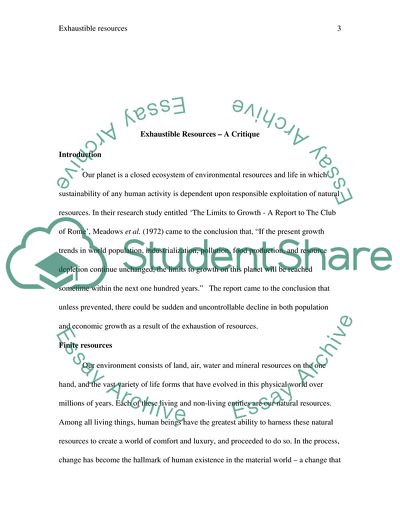Cite this document
(Analysis of the Problem of Exhaustible Resources Term Paper, n.d.)
Analysis of the Problem of Exhaustible Resources Term Paper. https://studentshare.org/environmental-studies/1788885-analyse-the-problem-of-exhaustible-resources
Analysis of the Problem of Exhaustible Resources Term Paper. https://studentshare.org/environmental-studies/1788885-analyse-the-problem-of-exhaustible-resources
(Analysis of the Problem of Exhaustible Resources Term Paper)
Analysis of the Problem of Exhaustible Resources Term Paper. https://studentshare.org/environmental-studies/1788885-analyse-the-problem-of-exhaustible-resources.
Analysis of the Problem of Exhaustible Resources Term Paper. https://studentshare.org/environmental-studies/1788885-analyse-the-problem-of-exhaustible-resources.
“Analysis of the Problem of Exhaustible Resources Term Paper”. https://studentshare.org/environmental-studies/1788885-analyse-the-problem-of-exhaustible-resources.


